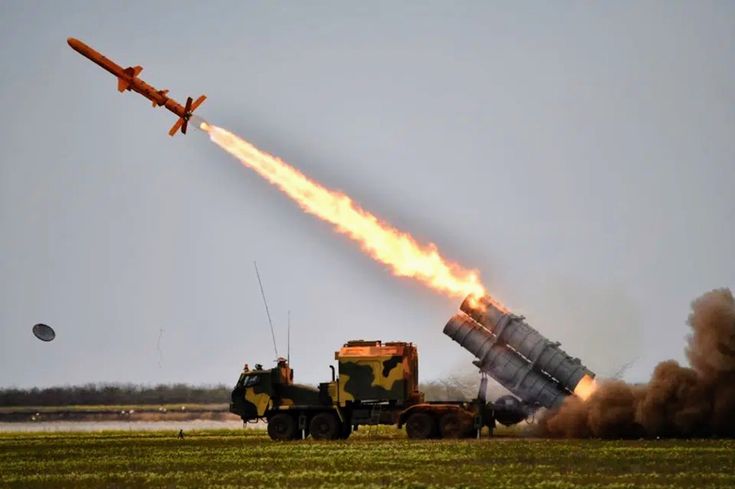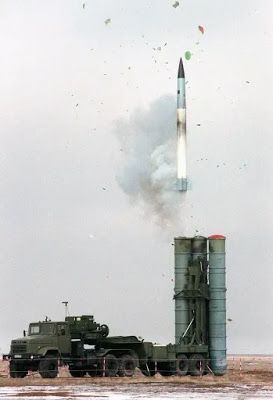The S-400 Triumf, or NATO reporting name SA-21 Growler, is a cutting-edge long-range air defense system of international renown. It was created by Almaz-Antey for the Russian military and can engage a large number of different airborne threats, ranging from aircraft and cruise missiles to ballistic missiles. It is an improvement of some magnitude over the S-300.
Development and Deployment
The S-400 was officially adopted by Russia in 2007 and has since been an integral part of the nation’s integrated air defense system. Russia has stationed the S-400 system in various strategic areas, such as Kaliningrad, Crimea, and Syria, to create anti-access/area denial (A2/AD) zones.
Key Features
- Multi-layer defense: The S-400 can engage and track a maximum of 80 targets simultaneously and up to 160 targets respectively. It employs four types of missiles with different ranges (from 40 km to 400 km) to achieve a layered defense.
- Improved radar: It comprises advanced radars like the 91N6E Big Bird acquisition radar and the 92N6E Grave Stone engagement radar, offering high-resolution tracking and engagement capability.
- Versatile targeting: It can detect stealth aircraft, drones, and hypersonic missiles at altitudes from a few meters to more than 30 km.
Global Interest and Geopolitical Impact
Multiple nations have expressed keen interest in the S-400 because of its unparalleled abilities. More notably, China, India, and Turkey have entered into deals with Russia to obtain the system, causing global controversy—most notably in Turkey’s, as a member of NATO buying Russian defense equipment. The U.S. applied sanctions on Turkey under the CAATSA (Countering America’s Adversaries Through Sanctions Act) because of the S-400 acquisition.
India, in fact, views the S-400 as a regional security asset and has already started taking deliveries under a multi-billion-dollar agreement reached in 2018.

Strategic Importance
The S-400 system is not merely a weapons system—it’s a geopolitical tool. Its deployment alters the balance of air power in any given region, making air operations more difficult for competitors and giving a psychological advantage to the country deploying it. It also represents the increasing military-industrial collaboration between Russia and several non-Western nations.
Challenges and Limitations
Though the S-400 is very effective, it is not invincible. Sophisticated electronic warfare systems, cyberattacks, and saturation methods may degrade its performance to some extent. Political controversies surrounding the procurement of the S-400—particularly for U.S. allies—can make diplomatic and military relationships more difficult.

Conclusion
The S-400 Triumf is a marvel of Russian military engineering and a linchpin of contemporary air defense strategy. Its deployment shifts strategic calculations among allies and competitors alike, and it is arguably the most sought-after and contested air defense system in the world today.









